
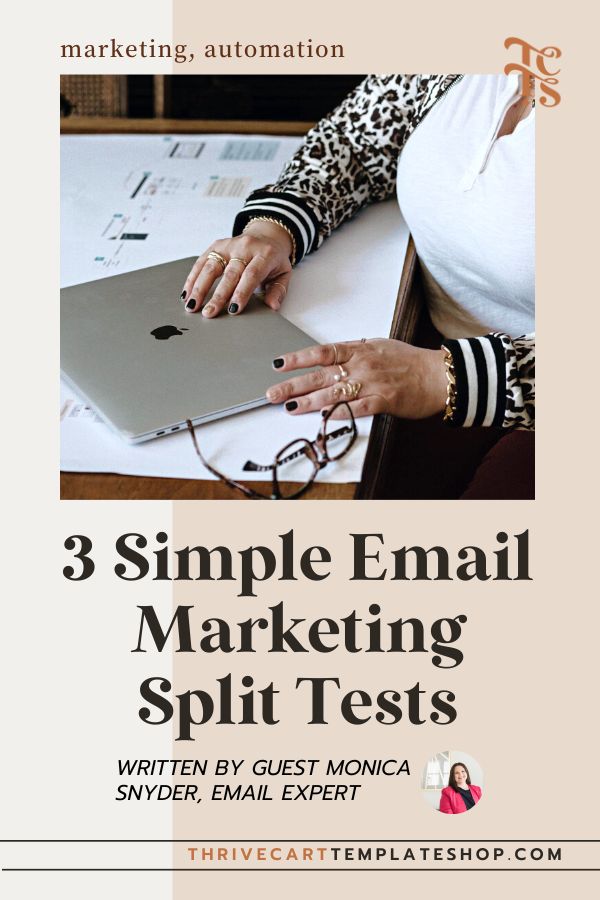
Email marketing—it’s more than just words on a screen. It’s an art, a science, and sometimes it’s a head-scratching puzzle.
That’s why in this article, I’m sharing three of my battle-tested spilt-testing tactics that’ll make your emails better.
No jargon, no fuss, just three straightforward email marketing tips that will breathe new life into your emails. Ready? Let’s dive in! 🏊♂️
The Simple Email Split-Testing Plan
Let’s be real, the harder something is to do, the less likely you are to do it. That’s why simplifying split testing is the easiest way to make sure it happens.
So, in your next three single email campaigns (sometimes called broadcasts), test these 3 things, one at a time.
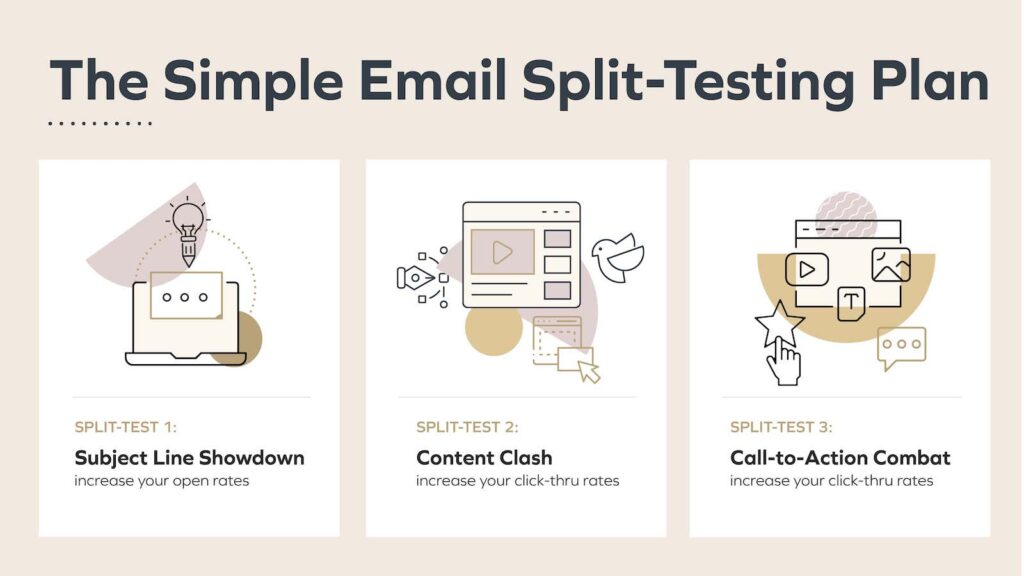
Split-Test 1 is the Subject Line Showdown
Split-Test 2 is the Content Clash
Split-Test 3 is the Call-to-Action Combat
Two days after each email is sent, look at the results to see which performed better.
What to Measure in Your Split Tests
- Open rate
- Click-Through Rate (CTR)
- Click-to-Open Rate (CTOR)
Understanding these measurements helps you gauge the effectiveness of your subject lines, content, and overall messaging, especially when split testing.
Let’s break each down.
Open Rate
Open rate = (# emails opened ÷ # delivered emails) x 100
Open rate is how many people opened the email. They measure the effectiveness of the subject line and sender information.
Open rate is provided by your software. Simply check that number and see which subject line got the higher number.
Side note: if you’re thinking, open rates are basically fluff because of the iOS 15 update a while back, you’re right. But they are still good to track because you’re going to use your own data to measure against.
Click-Through Rate (CTR)
CTR = (total measured clicks ÷ delivered emails) x 100
Click-through rate is how many people click a link or button inside the email. It measures the effectiveness of the email content.
Click-through rate is usually provided by your software, so it is easy to check which email got a better CTR. Be sure to double-check that your software isn’t actually telling you CTOR (up next) in your stats.
Click-to-Open Rate (CTOR)
CTOR = (# of unique clicks ÷ # of unique opens) x 100
CTOR is of people who clicked on a link or button after opening the email. It measures the effectiveness of the email’s content to encourage openers to take further action.
Click-to-Open Rate is NOT usually provided by your software, so you’ll need to calculate it yourself. This is an extra nerdy step, so if you don’t want to do that, then just use CTR for determining your split test winners.
How Open Rates, CTR, & CTOR Work Together
Open Rates measure the initial allure of your subject line and sender information, and how well they entice subscribers to open the email.
CTR gives a broader view of the entire email’s effectiveness, from the subject line to the content, measuring how well it leads to clicks and further engagement.
CTOR narrows in on the content’s impact, revealing how well your email connects with and activates those who showed that initial interest by opening the email.
If you were to think of these in relation to a retail store, Open Rates would rate the draw of the store’s exterior, CTR would rate the entire customer journey from outside to sale, and CTOR would rate the in-store experience that leads to a purchase.
Now, let’s get these metrics improved with some split tests.
The Email Marketing Split Tests
Split Test 1: Subject Line Showdown!
Subject lines can be a game-changer when it comes to increasing open rates and grabbing your audience’s attention. But which kinds work best for your readers?
Let’s explore three different types of subject lines that have proven to be effective in driving open rates so you can test which ones work best for you.
1. Curiosity-Inducing Subject Lines
Creating a curiosity-driven subject line is all about sparking interest without giving everything away. It drives open rates up because people want to know what’s inside!
To use this email marketing tip, simply pose a question or hint at something intriguing that’s answered inside the email. Here are three ways for you to try:
- Ask a compelling question.
Example: “What’s Your Email’s Missing Link?” - Tease a benefit or solution.
Example: “Discover the Secret to Triple Open Rates!” - Hint at an exclusive revelation or insight.
Example: “Inside: The Trick No One Talks About!”
In all of these, you’re inviting the reader to explore further and find out what’s inside the email. It’s like a digital wink that says, “Come on in, and see for yourself!” 😉
2. Personalized Subject Lines
Personalization is key to establishing a connection with your audience, and it is easier than you think.
By including their name and/or other relevant details in the subject line, it feels tailored specifically to them, and they’ll open!
Here are the top five ways you can use personalization in a subject line.
1️⃣ Referencing Past Behavior or Purchases
If you have information on a customer’s past purchases or viewed products, you can use that. “Loved That Book? Here’s What to Read Next!”
2️⃣ Highlighting Special Occasions or Milestones
If you’re aware of a customer’s anniversary with your brand or another significant date, you can acknowledge that. “Happy 1-Year Anniversary with Us – Special Gift Inside!”
3️⃣ Tailoring to Interests or Preferences
If you’ve segmented your list based on interests or preferences, utilize that information. “As a ThriveCart Fan, Join this Advanced TC Tactics Workshop!”
4️⃣ Acknowledging Relationship
Recognize their status, membership level in your program, or other relationship to you. “Top Affiliates: Your Exclusive Discount Awaits!”
5️⃣ Using Their Name
This one is a classic, and for good reason. It works.
Each of these personalizations builds a connection, making the email feel tailored to them and thus more engaging and enticing.
3. Urgency/Scarcity-Driven Subject Lines:
This kind of subject line crushes when ethically done because it drives quick action, instills a little FOMO in your subscribers, and teaches them that you are true to your urgency/scarcity word.
There are two kinds of urgency I’ve used successfully over and over to generate millions in sales.
Time-Sensitive Subject Lines
Incorporate words that create a sense of time ticking away.
This prompts the reader to take immediate action, making them feel that they’ll miss out if they don’t open your email now.
Examples:
⏰ Last Chance: Sale Ends Tonight!
⌛ Hurry, Your Exclusive Offer Expires in 3 Hours!
🎟️ Ticket Sales End Today!
Limited Availability
Make it clear that what’s inside isn’t available to everyone or won’t be around forever.
This creates a sense of scarcity and exclusivity, increasing the perceived value of what’s inside.
Examples:
🏂 5 Spots Left for the Mammoth Mastermind
🐣 Only 13 More at the $27 Early-Adopters Price
💎 Only 2 Left in this Limited Release
Each of these subject lines lights a little fire under the recipient, nudging them to open your email and take action before it’s too late.
Split Test 2: Content Clash!
The Content Clash split test is essentially about fine-tuning the content layout that resonates with your subscribers.
Think of it as a way to meet different preferences, from the minimalist to the visually inclined.
Let’s break down four different types of content for you to test…
Plain Text Email
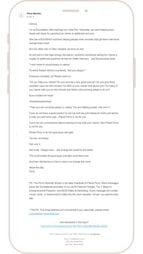
If you’re a writer, this is your domain. Craft compelling narratives, valuable tips, or engaging stories with ease.
It’s ideal for nurturing that genuine connection with your readers, making each email feel like a personalized note.
But tread carefully if you’re in e-commerce; text-only doesn’t have the visuals needed to showcase products.
Mostly Text with Some Images
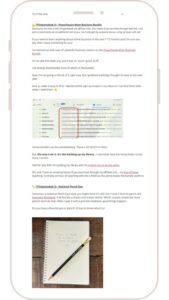
A universal go-to, and for good reason. It’s uncomplicated yet diverse enough to suit almost any business type.
Here, you get to combine compelling copy with striking visuals, giving your audience a well-rounded, skimmable experience.
This is how I send my email and where I start with every client email.
Mostly Images with Some Text
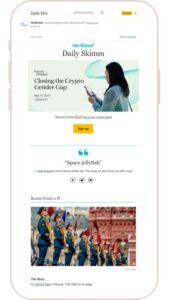
If you’re a creative or designer, this format is for you! It allows your visuals to lead the reader.
It’s fantastic for brands with physical products or strong visuals because your pictures will speak a thousand words.
Highly Designed
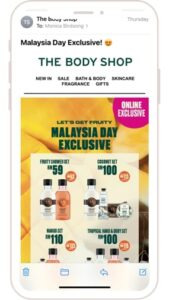
If you’re fluent in design and email HTML, definitely test these emails. They are amazing for showcasing physical products.
However, tread lightly if you’re a personal brand; too much polish usually alienates readers craving a more personal connection.
Also, producing and testing these kinds of emails is a beast so give yourself some extra time if you run this test.
Finding What Resonates with Your Subscribers
As you prepare to launch your Content Clash split test, take a moment to consider your audience’s tastes and your business needs.
Are you nurturing relationships? Lean into text.
Have products to showcase? Get those visuals ready.
Let your CTR and CTOR be the final word, guiding you toward the content style that resonates most with your audience.
A quick note about all email content…
No one, I repeat NO ONE, wants to read long blocks of text on a device. So, for whichever test you’re running, make things easier on your readers in your emails with these copy-editing rules.
11 Rules to Copy Edit Your Text Quickly
Insert white space when there is a break in thought, transition to a new idea, or change in tone or emotion.
- No more than 3-4 lines of text together when viewing on a desktop.
- Use text size to convey importance and give readers a “skimmable” experience. Crucial information should be in a bigger font size. Less important information should be in the normal font size. The fine print can be smaller or a lighter color.
- Group like points/info together and give them a title.
- Use lists whenever possible.
- Bold items you want read quickly (buzzwords + key concepts)
- Italicize items to add a change in tone (use sparingly)
- Underline items that are buzzwords that you want weighted
- UPPERCASE items that are titles/subheadlines (only use for a few words)
- ➥ Arrows or ✓ checkmarks (text or emoji) to imply an action (apply, check this out, or get this done)
- Use emoji to convey tone 🙌 🤩 or in place of bullet points
Split Test 3: Call-to-Action Combat!
You’ve made it through the ins and outs of subject lines and layouts. Give yourself a little pat on the back! Now, let’s dive into the Call-to-Action (CTA) Combat and dial in this last split test.
Test CTA Text using the TAP Formula
I’ve reviewed hundreds of emails, landing pages, and other content with CTAs, and I have to tell you… most people suck at writing an effective CTA.
So, I created the TAP Formula for CTAs that convert. Get it, so they “TAP” the CTA?
Thanks for coming to my comedy show, I’ll be here 24/7 because it’s a blog post. 🍸
TAP Formula
THING (object for the action)
+ ACTION (what reader should do)
+ PUSHES (urgency, uniqueness, & personalization)
= AMAZING CTA (higher clicks & conversions)
For example, if you want someone to watch your webinar, you could have these 3 CTAS using the TAP Formula:See the Webinar Now
Learn More on the Webinar (Today Only)
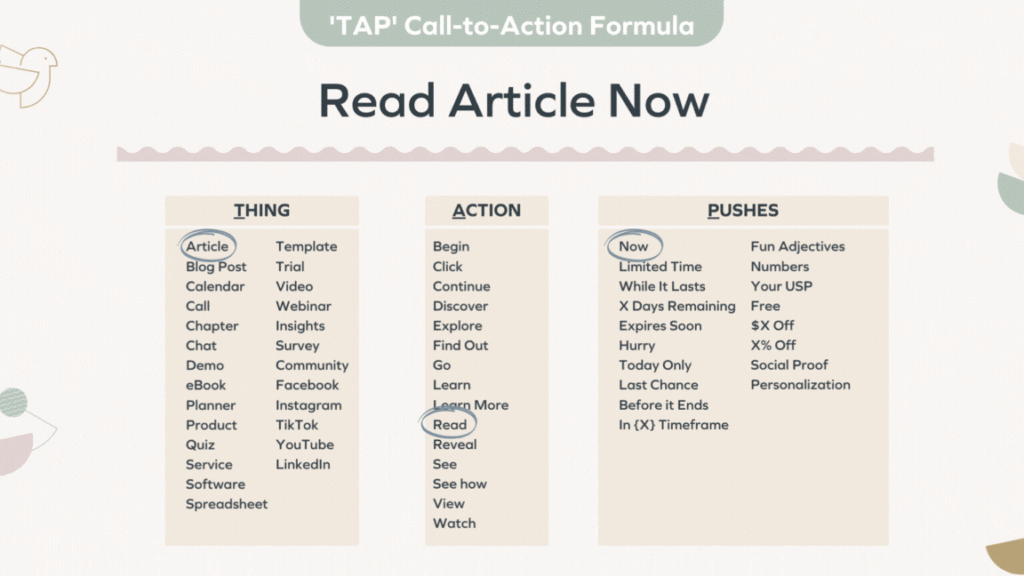
Play with this formula to come up with your own compelling CTAs you can split test against each other.
Test Low-Commitment vs. High-Commitment Verbs
Not to take you back to grammar school, but let’s talk verbs because they make a big difference in your email CTAs.
You have the low-commitment ones like “discover” or “check out” that don’t scare folks off because they seem easy and fun.
Then you’ve got the high-commitment big guns like “buy now” or “subscribe” which take more energy, and the reader knows they are getting into something detailed.
That’s why you should test, to see which your readers respond to the best.
Test the Appearance
Presentation matters! A slick button? An eye-catching image? Or just good ol’ plain text? Test these out to see what makes your audience click—literally.
- Buttons: Colored buttons that contrast with the email background.
- Images: CTAs that are embedded within engaging graphics.
- Plain Text: Simple hyperlinked text CTAs.
You can get down to testing different button looks, such as an outline button vs. a filled-in button, but I’ve found that to be a waste of time.
Test the Placement
Where your CTA resides in the email is more important than you think. You’ve got a few choices:
- Near the Top: In sight, in mind. Perfect for the skim-readers among us.
- Middle of the Email: Nestled in the core content, a sneaky but effective strategy.
- End of the Email: For the readers who’ve hung on till the end. You’ve got their attention; now seize the opportunity.
- The PS: For when the subscriber is a TL;DR kinda reader.
To optimize, run A/B tests that modify only the CTA’s placement while keeping other elements constant.
Create the CTA Combat!
Try mixing and matching commitment-level verbs, appearances, and placements. Like a low-commitment verb on a snazzy button at the bottom versus a high-commitment verb in plain Jane text at the top.
Crafting a perfect CTA is part science, part art. But with the TAP Formula, some thoughtful verb choices, and a dash of creativity in presentation and placement, you’re sure to have CTAs that drive clicks.
Need More Help with Emails?
If you need help with what to write in your emails, or when to send them, check out my complete email marketing system, Relationship & Revenue.
In it, you’ll find over 31 fill-in-the-blank templates to slash your writing time, feel good about emailing your list, and drive revenue into your business.
Now I want to leave you with one more tip so you’ll have more valid emails to test with…
Fix the Typo Bounces to Have More Emails to Test
Set up a zap to send you alerts for any new email addresses that contain ‘.con’, ‘.ocm’, ‘gnail’, ‘gmial’, and ‘gmal’ (each individually, not one big list).
If you’re super techie, have Zapier fix it for you automagically. If you’re not, go update the email in your software, and resend any missed emails.
While you’re there, look to see if there are any other common typos you can add to the list.
And there you have it, more valid emails on your list to use in your testing!